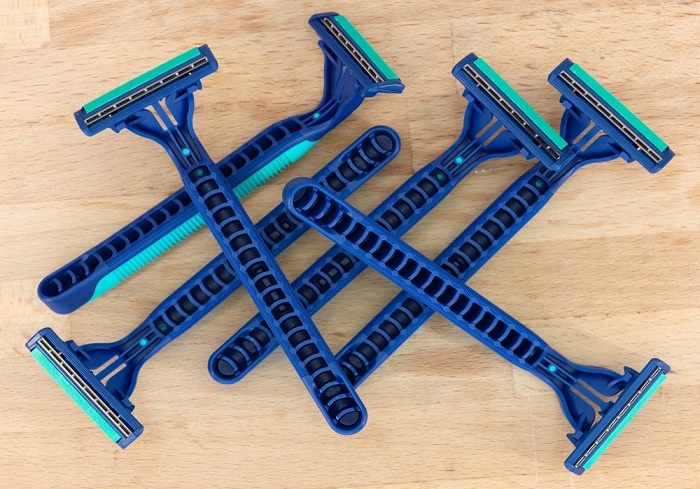Harry’s Eyes Market Outside Razors

As shaving products company Harry’s plans to announce its $112 million in new financing, the company is looking to grow its brand beyond men’s grooming. The move could provide competition from large conglomerates such as Procter & Gamble, The New York Times reported.
“We’ve built a lot of infrastructure at Harry’s that we think we can leverage into new categories,” Jeff Raider, one of Harry’s founders, told the Times. “It’s something that we’ve been excited about for a long time, and we’re now at a point in our business where we can act on it.”
Harry’s and competitors such as the Dollar Shave Club have built their business on a subscription model. They market their products to younger consumers through eCommerce to gain market share from more established players such as Gillette and Schick. Beyond eCommerce, however, the brand began selling its razors in brick-and-mortar Target locations in 2016.
Despite its success with razors, Harry’s is already looking beyond men’s grooming. The company invested in hair loss product startup Hims and is seeking to gain ownership stakes in other brands, according to reports. Harry’s founders also have an interest in branching out into consumer goods such as personal care, baby products and household items.
The news comes three years after Harry’s capped a $75.6 million Series C round that brought its value to $750 million in 2015. The round, led by Wellington Partners, also saw involvement from previous investor Tiger Global Management.
All in, the maker and distributor of shaving blades and products had snapped up $164.5 million in venture capital (VC) funding as of 2015, a figure which comes on top of its $211 million in debt financing. That funding went to growing the brand through hiring, research and development (R&D), marketing and advertising, Raider said at the time.